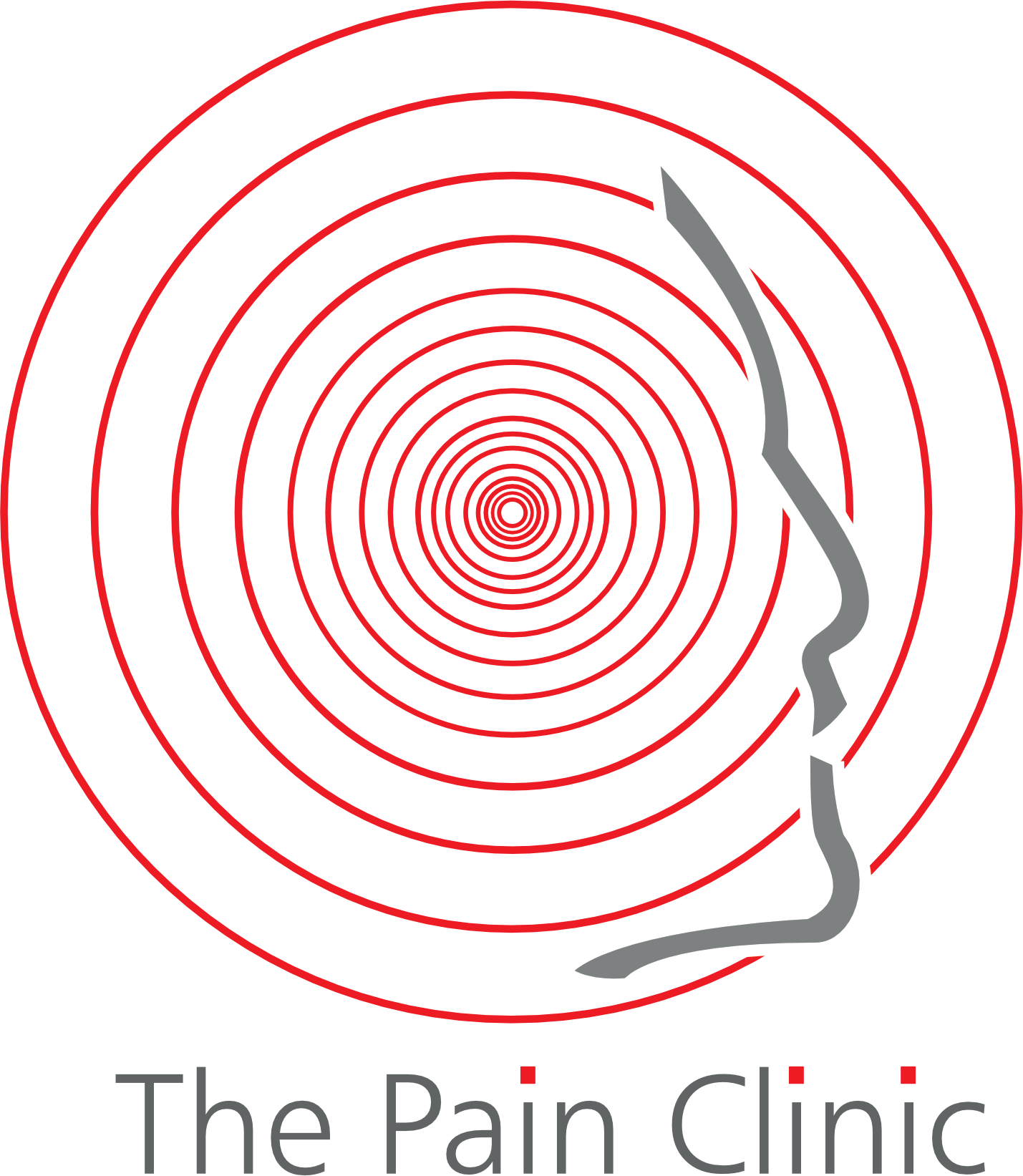Peripheral Nerve Injuries
Peripheral nerve injuries occur when there is damage to the nerves that connect the brain and spinal cord to the rest of the body. These injuries can be caused by a variety of factors, including trauma, infections, tumors, autoimmune disorders, and certain medications or toxins.
The symptoms of peripheral nerve injuries can vary depending on the location and severity of the injury, but may include:
Numbness or tingling in the affected area
Muscle weakness or paralysis
Loss of sensation or feeling in the affected area
Pain or burning sensations
Difficulty with coordination or balance
Changes in skin color or temperature in the affected area
Inability to move or use the affected limb or body part
The treatment for peripheral nerve injuries will depend on the location and severity of the injury. Mild injuries may heal on their own over time, while more severe injuries may require surgical intervention or other treatments such as physical therapy or medication.
Surgical treatments may include nerve grafts, nerve transfers, or neuroma excisions. Nerve grafts involve taking a healthy nerve from another part of the body and using it to repair the damaged nerve. Nerve transfers involve transferring a healthy nerve to replace a damaged nerve. Neuroma excisions involve removing a painful or inflamed neuroma (a mass of nerve tissue that forms at the site of a nerve injury).
Physical therapy can also be helpful in restoring function and reducing pain after a peripheral nerve injury. This may include exercises to strengthen the affected muscles and improve coordination, as well as stretching and massage to reduce pain and stiffness.
Overall, the treatment for peripheral nerve injuries is complex and depends on the individual and the nature of their injury. A healthcare provider can help to develop an appropriate treatment plan based on the patient's needs and goals.
